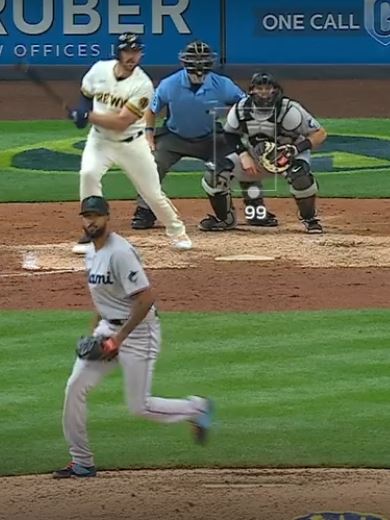The Best Pitching Matchups of the Week: May 17-23
As the 2021 season nears its Memorial Day checkpoint, feast your eyes upon some stars who are off to the best starts of their career, a couple of wily veterans still learning (and if they know what’s good for them, eventually unlearning) some new tricks, and two-up-and down hurlers on a quest for consistency.
Tuesday, May 18, 6:40 PM ET: Trevor Rogers vs. Zack Wheeler
Two of the National League’s best pitchers through the season’s first month are on a collision course at Citizens Bank Park. One is an NL East mainstay who generated considerable prospect hype; the other is making a name for himself after a relatively anonymous minor league career. While Rogers was a first-round pick and a top-six prospect in the Marlins’ system heading into the season, he certainly was not on many fans’ radars outside of South Florida; our own Eric Longenhagen viewed him as a “stable 2-WAR starter prospect.”

